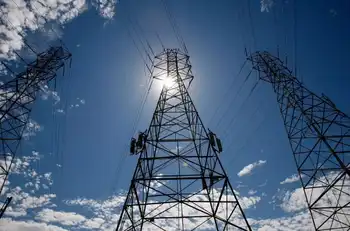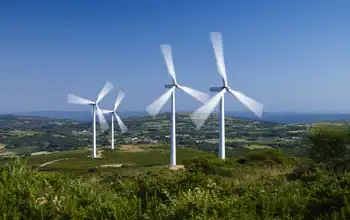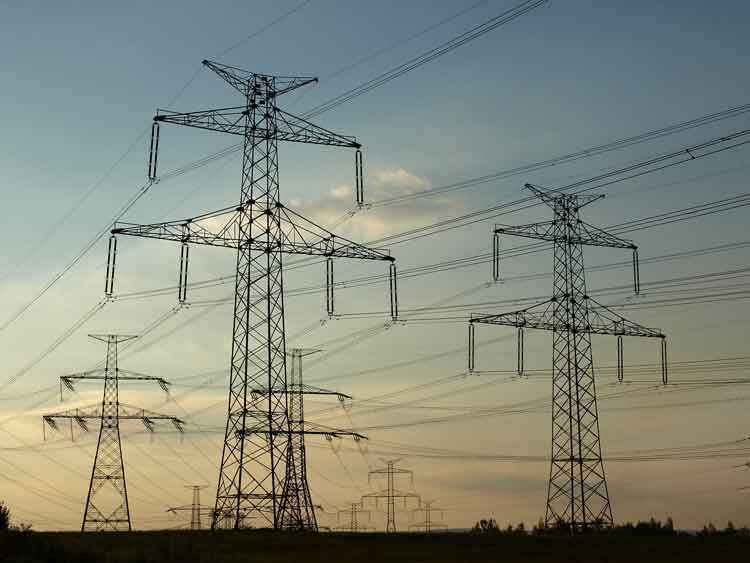Lumber mill modernization project complete
By Market Wire
Substation Relay Protection Training
Our customized live online or in‑person group training can be delivered to your staff at your location.

- Live Online
- 12 hours Instructor-led
- Group Training Available
The Plaster Rock lumber mill recently completed a $17.6 million modernization that included the installation of a new biomass fueled boiler, a new lumber drying kiln and upgraded saw line equipment. The project, completed under budget, will eliminate the mill's dependence on oil and lower its conversion costs by approximately 20%. It was financed through a commercial loan made by the Business and Financial Support Group of Business New Brunswick, which has a mandate to fund initiatives that improve energy efficiency and productivity at existing business operations in New Brunswick.
"A lot of dedicated people, including our employees, our contractors and our suppliers, have been involved with this project and we are grateful for their contributions," commented Peter Gordon, Chief Executive Officer of Fraser Papers. "We are particularly appreciative of Premier Shawn Graham's involvement in our project at the very early stages, our shared vision for the mill and community of Plaster Rock, and the commercial financing provided by Business New Brunswick that has made it a reality."
"In addition, the recent announcement of the government's proposed partnership with Hydro-Quebec to deliver lower electricity rates would reduce our manufacturing costs," Gordon added. "We support this initiative as lower power rates for businesses would provide critical assistance to New Brunswick's forestry industry and Fraser in particular. The proposed agreement would increase the competitiveness of New Brunswick companies and assist their efforts in creating and maintaining jobs."
Fraser Papers estimates that the proposed lower electricity rates would have a direct benefit to its pulp and energy complex in Edmundston, New Brunswick and its Plaster Rock lumber mill in excess of $8 million per year.
Fraser Papers is an integrated specialty paper company that produces a broad range of specialty packaging and printing papers. The Company has operations in New Brunswick, Maine, New Hampshire and Quebec.











